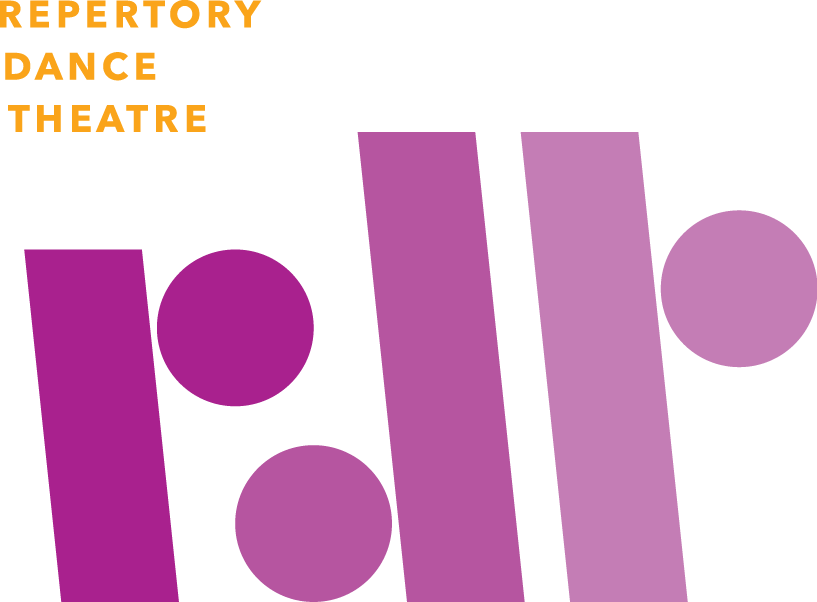Explore the different states of matter and how they can relate to different ways to travel through space.
Learning Objectives/Goals
Isolating different body parts, experiencing different ways to move or travel in space, Create a movement sequence by relating states of matter to ways we can move in space.
Materials Needed
Drum
Music and speaker or sound system
Introduction
Expectations for class, define dancing/movement space, encourage students to be creative and experiment with new ideas and things throughout class.
Warm-Up
Have students spread out into the movement space. Guide them through a series of isolations (moving one body part at a time) starting with the head. Make sure to let them know for this first round their feet will be staying in place. This is a great time to introduce some of the axial, or in place, movements that students might not be familiar with. Offer suggestions like can you vibrate your head? What about your left arm? How is vibrating different than shaking? Show me a head that shakes and a head that vibrates. Can you bend your knees? Can you bend just your arms? The idea is that they are doing movements while staying in their spot and not traveling in space, while still getting the body warmed up.
Investigate
Guide dancers through a series of improvisational prompts focusing on the 3 different ways we move in space. Axial, average locomotor, and quick locomotor. State that we just explored axial movements in our warmup. We are going to relate these axial movements to things that are solid in the world. In solids, the atoms are so close together that they don't really move in space, but they still can vibrate, shake, bend, and spin.
Introduce the idea of average locomotor steps next. Average locomotor steps would be walking, hopping, crawling, and sliding. This is also a time I like to introduce levels to the students. Can you walk on a low level? Can you crawl on a high level? What about skipping on a medium level? Then suggest to the students that we relate these movements to things in our world that are liquids. The atoms are spaced further apart from one another so they can travel more in space, however they are moving at an average speed and not fast/slow.
Introduce the idea of quick locomotor steps next. Quick locomotor steps would be running, skipping, leaping, or any other movement that students will do in space very quickly. This is a great time to talk about speed as well. Going from an average to a quick locomotor would be a good idea so that students can really understand the difference between moving slowly vs. fast. This also shows them the difference between the atoms in liquids and gasses. In gasses the atoms are so spread out they have lots of space, thus they are moving VERY fast.
Create
Have students create Water cycle dances using the states of matter they just explored. They start as frozen ice (axial movement) then melt into a solid (average locomotor) and end as evaporating gas (quick locomotor). If there is enough time I will ask the students to either reverse the water cycle (gas, liquid, solid) and create new movements for each phase. Or, I will ask them to end the sequence by going back into an axial movement and then sitting on their pockets to let us know they have finished their movement sequence.
Give students time to create these and then present them to one another. Groups of 2-4 usually work best but 3 is ideal because you can encourage each student to be responsible for one of the movements done in the sequence.
Reflect
After the groups show each other ask them questions about what they saw the other groups do. What was their quick locomotor? Did you see a difference between their quick and slow locomotor? You could also ask the students what was challenging or what they thought their own group did well.
Extension to the Lesson
We created a movement sequence based on the water cycle, but what other things transform through states of matter? Gold melting, butter melting, lava getting cold and becoming solid are a few examples. Students could explore different items moving through the states of matter and create movement sequences based on those. It provides a challenge to the students who observe them if you ask them to say what states of matter they moved from. It helps them recognize and relate the movements being done to the states of matter.
Follow-up Resources
Dance to Learn video lesson plans.

